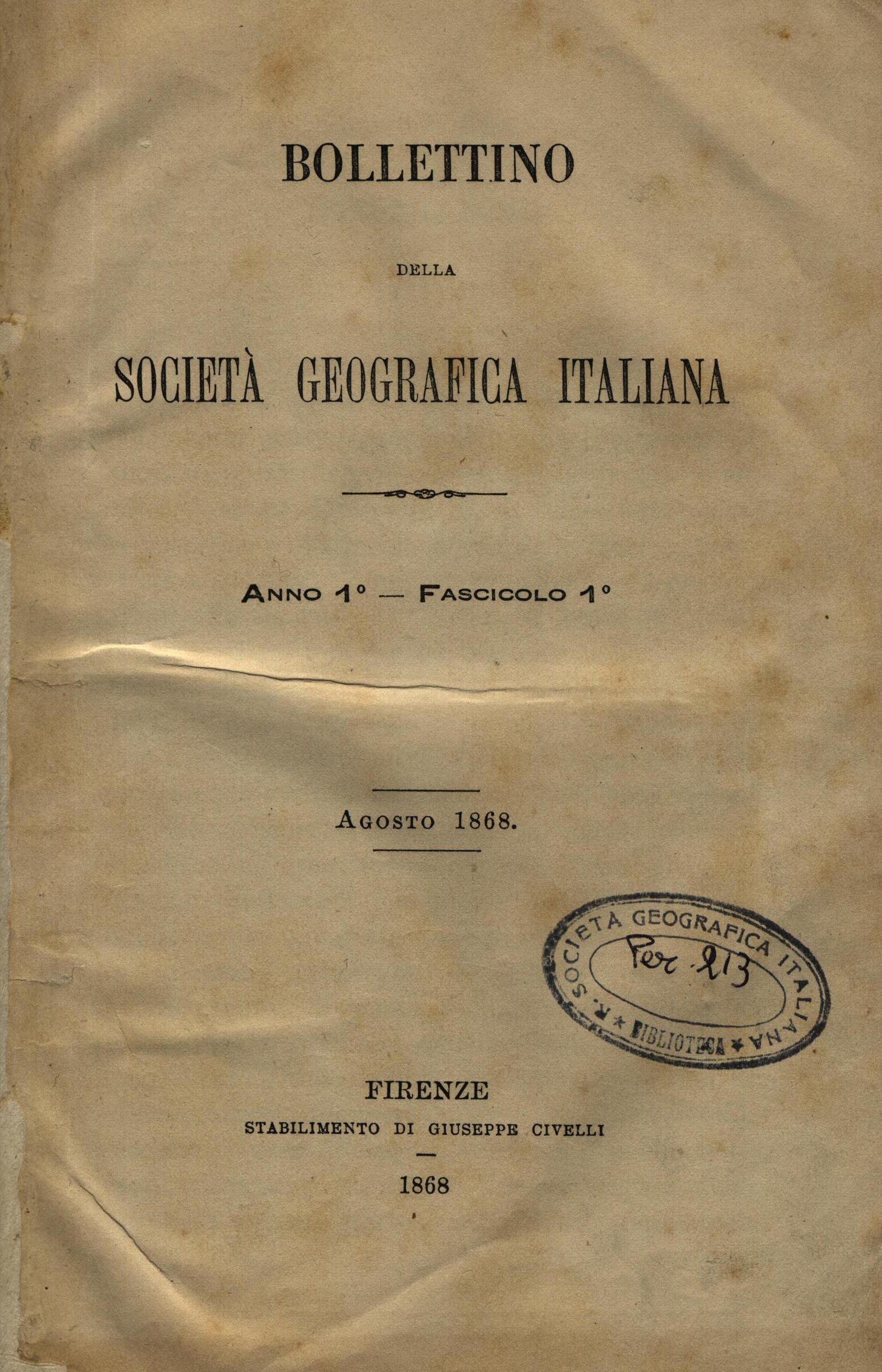THE AUGUSTAN PLANNING OF ITALY: REAL AND FICTITIOUS IDENTITIES
DOI:
https://doi.org/10.13128/bsgi.v9i1-2.440Abstract
The organisation of the Augustean Italy is a key-point of the construction of Roman Italy combining unitary factors with the multiplicity of its components. The partition into XI regions stressing the special role of the Peninsula with respect to the rest of the Empire matches the ideological bases outlined by the Res Gestae. Augustean depiction of Italy, however, was largely artificial, in that it results from a blending of historical origins and practical reasons, without any concrete administrative purpose. This is confirmed by the fact that the Augustean partition of Italy is not mentioned by literary authors, except Plinius, our main source, who seems to have adopted it as an easy pattern of geographical description rather than as a benchmark of a political or administrative project. Significantly Strabo’s description of Italy does not mention the Augustean partition, even referring to the historical and cultural roots of various regions. Nevertheless the Augustean partition of Italy had an considerable impact not only in the subsequent changes during the Roman Empire, but also in the whole history of the Italian Peninsula until modern times.









